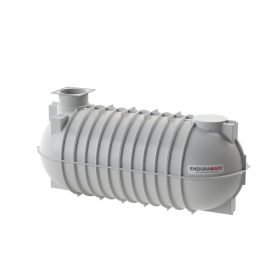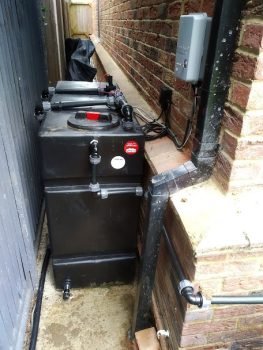
Category - Water storage
Water storage plays a pivotal role in enhancing the efficiency and reliability of irrigation systems, providing a reservoir for consistent water supply and addressing challenges such as varying water pressure. Boosting, often intertwined with these storage solutions, ensures that the irrigation system operates optimally, even when facing low pressure issues.
Water storage tanks, commonly used in irrigation setups, serve as a buffer, storing water during periods of high availability for use during dry spells or when demand peaks. These tanks come in various sizes and materials, allowing for flexibility in design and adaptation to specific landscape needs. The strategic placement of these storage units in the irrigation system minimizes the impact of inconsistent water pressure, ensuring a steady and reliable water flow to the entire network.
In instances where the natural water pressure is insufficient, boosting becomes a critical component of the irrigation infrastructure. Boosting involves the use of pumps to elevate water pressure, overcoming challenges posed by long distances, elevation changes, or low pressure from the source. Water stored in tanks can be effectively boosted to meet the pressure requirements of the irrigation system, ensuring uniform water distribution and optimal coverage.
The integration of boosting with water storage not only addresses pressure-related issues but also contributes to water conservation. By efficiently managing stored water and utilizing boosting mechanisms when needed, irrigation systems can achieve a balance between resource utilization and landscape hydration. In essence, the combination of water storage and boosting technologies forms a robust foundation for resilient and effective irrigation systems, ensuring that plants receive consistent and reliable water supply for healthy growth.




